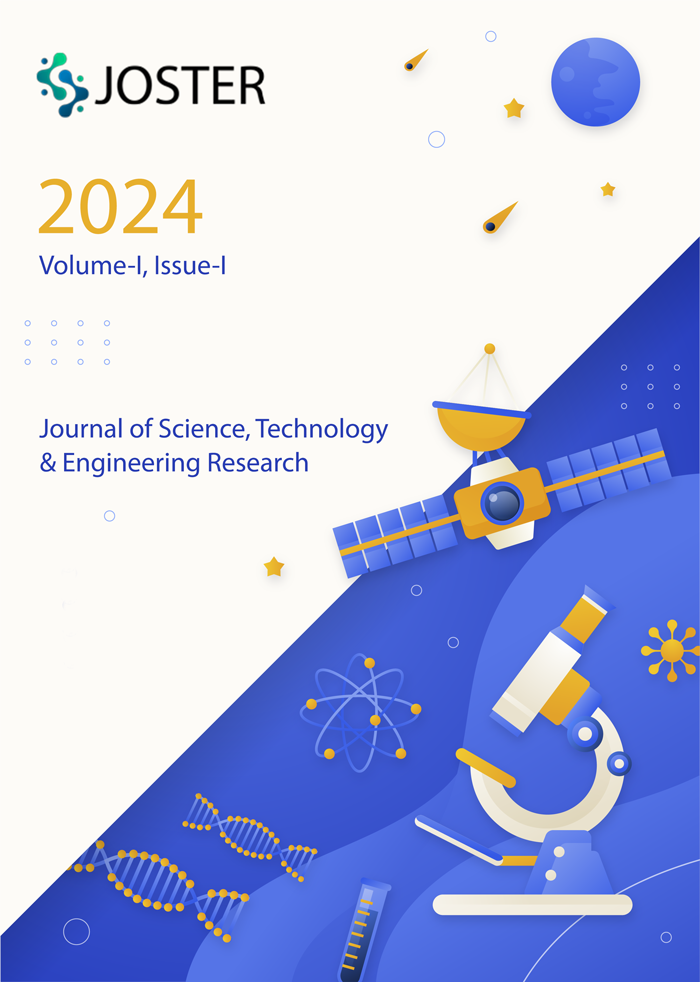Explainable AI (XAI) in Healthcare: Bridging the Gap between Accuracy and Interpretability
Keywords:
Explainable Artificial Intelligence, XAI, healthcare, medical AI, model interpretability, black-box models, transparency, clinical decision support systems, patient trust, machine learning, deep learning, ethical AI, regulatory compliance, diagnostic accuracy, model explainabilityAbstract
Artificial Intelligence (AI) has demonstrated significant potential in revolutionizing healthcare by enhancing diagnostic accuracy, predicting patient outcomes, and optimizing treatment plans. However, the increasing reliance on complex, black-box models has raised critical concerns around transparency, trust, and accountability—particularly in high-stakes medical settings where interpretability is vital for clinical decision-making. This paper explores Explainable AI (XAI) as a solution to bridge the gap between model performance and human interpretability. We review current XAI techniques, including post-hoc methods like SHAP and LIME, and intrinsically interpretable models, assessing their applicability and limitations within healthcare contexts. Through selected case studies in radiology, oncology, and clinical decision support systems, we examine how XAI can improve clinician trust and facilitate informed decision-making without compromising predictive accuracy. Our analysis highlights persistent challenges such as balancing explanation fidelity with usability, addressing data biases, and aligning explanations with clinical reasoning. We propose a multidisciplinary framework that integrates technical, ethical, and user-centered principles to support the development of trustworthy XAI systems. Future research directions include the standardization of interpretability metrics, the co-design of models with clinicians, and regulatory considerations for deploying XAI in clinical practice. By aligning technological advances with human-centered design, XAI has the potential to transform AI into a reliable partner in healthcare delivery.
Downloads
Published
Issue
Section
License
Copyright (c) 2025 Journal of Science Technology and Engineering Research

This work is licensed under a Creative Commons Attribution 4.0 International License.

